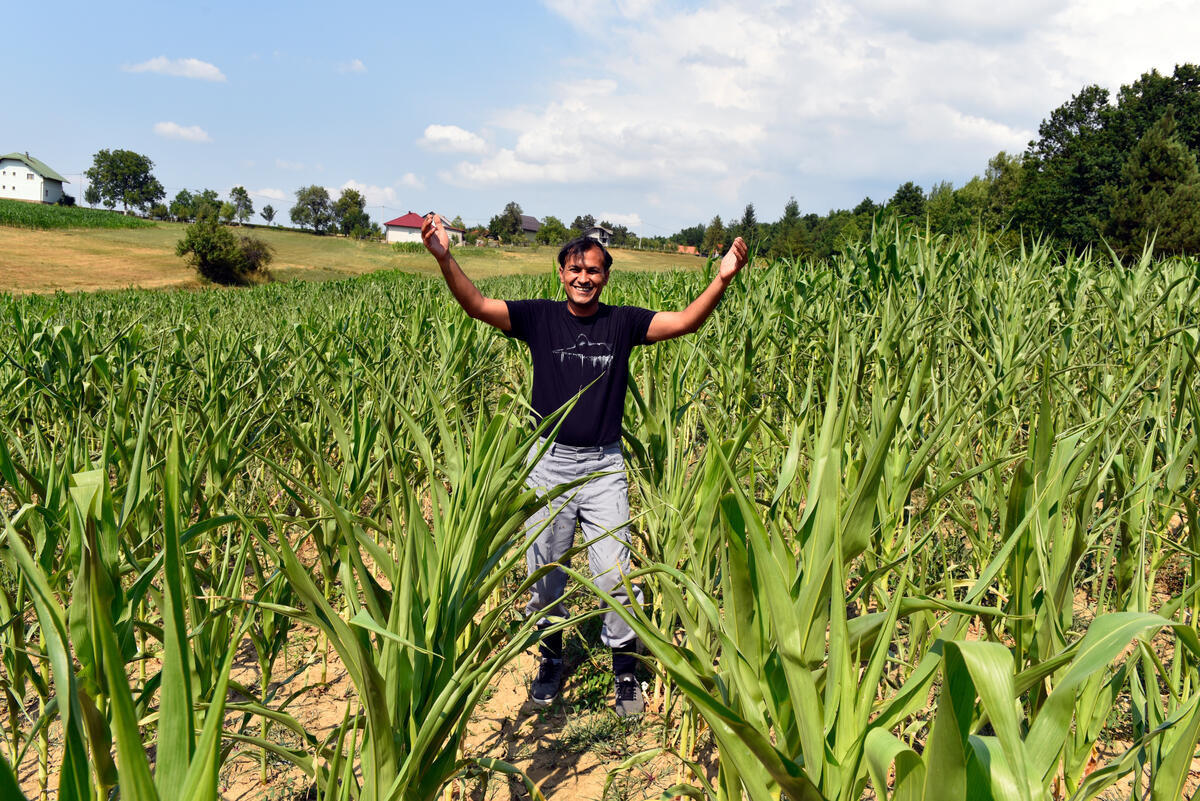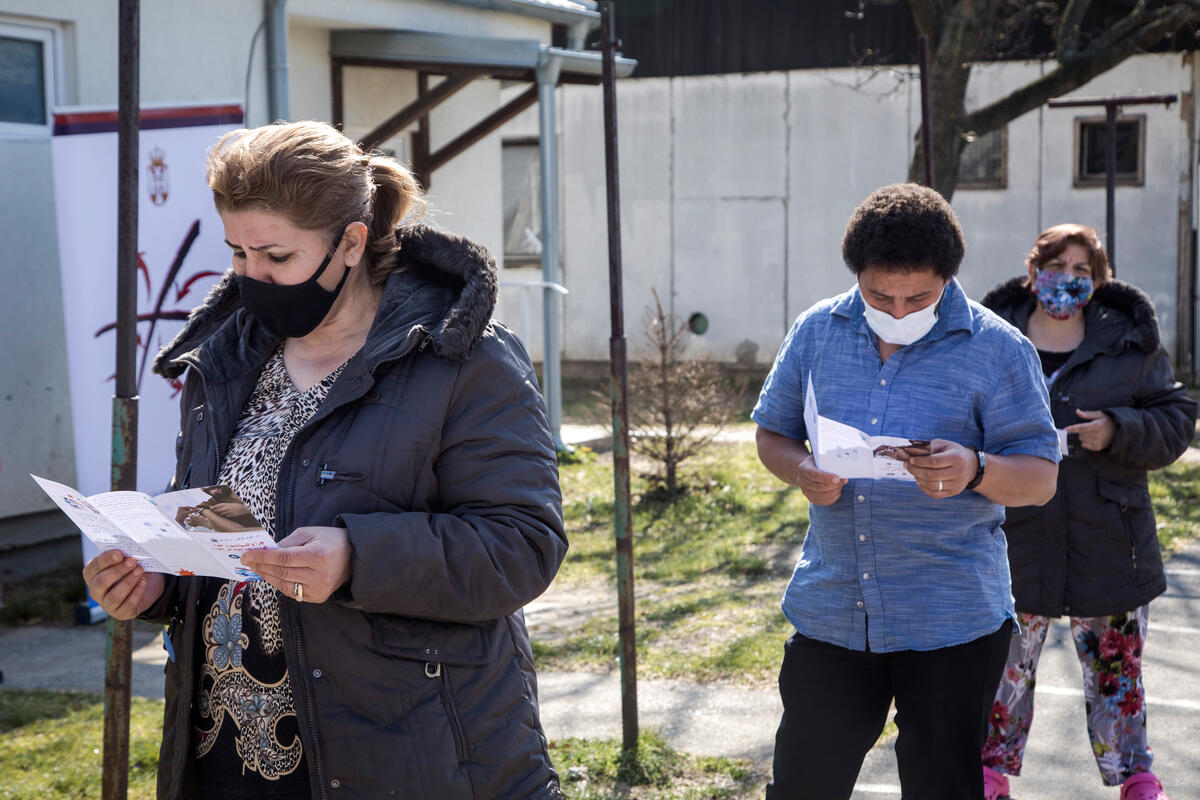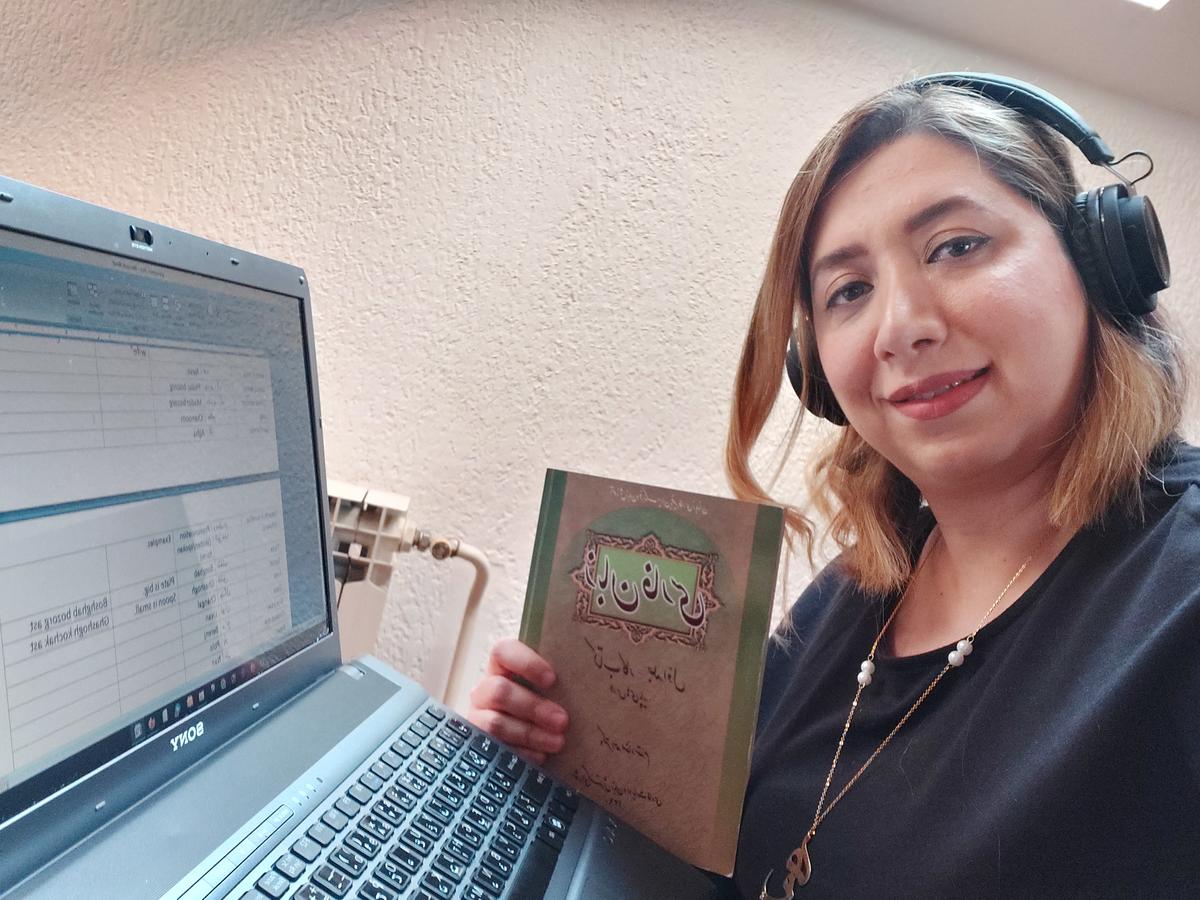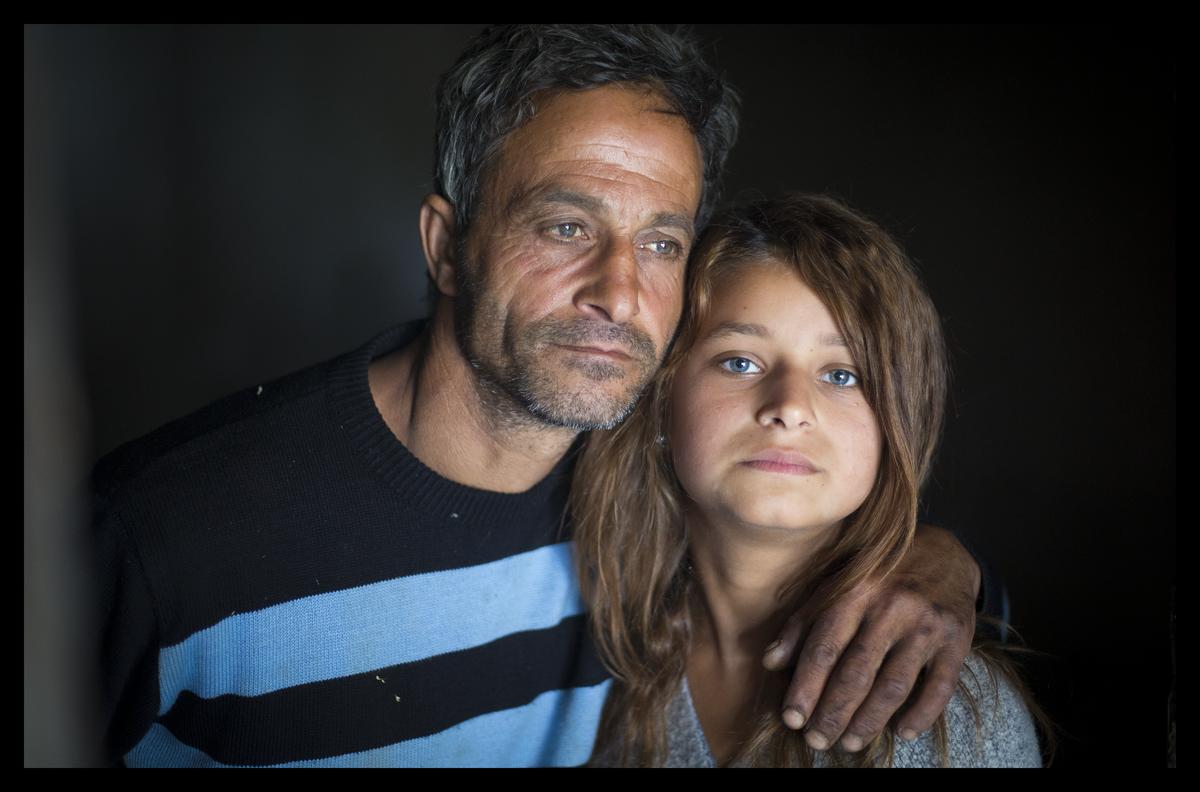Kosovo Crisis Update
Kosovo Crisis Update
Albania
A new count put the number of refugees who crossed the border at Morini early on Tuesday morning at 3,145, with another 100 persons straggling across the border during the afternoon. There were no further arrivals during the day at Morini, and no crossings during the night of 13-14 April. UNHCR staff say that a rumour is circulating among the new arrivals that the town of Prizren will soon be "emptied" of its ethnic Albanian population.
Refugees continue to enter Albania via Montenegro, crossing at the Bozaj (Hani i Hoti) crossing point, near Shkodra.
In Kukes, the health and sanitation situation is receiving particular attention. Oxfam, Tear Fund and the IFRC, under the co-ordination of UNHCR, are working on improving the water distribution network and digging pit latrines. The health situation is under control and medical teams are concentrating on providing first aid in the numerous collective centres in the area.
Republic of Montenegro
Around 2,000 displaced people from Kosovo arrived in Montenegro on Tuesday 13 April. The new arrivals estimated that there may be as many as 18,000 more on the way. The arrivals come from 14 villages in the Istok and Vrelo areas of Kosovo which had a total pre-conflict population of 50,000. Those crossing mountain passes to Montenegro Tuesday were mostly women, children and elderly, with few men to be seen among them. They reported that half of their villages are empty due to shelling which started on 11 April.
UNHCR and NGO staff report that the new arrivals are in worse condition than previous groups. After walking a long distance they are exhausted, cold and wet, and many lack warm clothing or supplies.
Many new arrivals move immediately onward from Rozaje, their point of arrival, to Tuzi or Ulcinj. The municipality of Ulcinj now reports that 25,000 Kosovars are sheltered there. Some cross into Albania at the Bozaj crossing point. On 13 April, 3 buses took 280 Kosovars to Albania.
Aid co-oordination meetings are held regularly in Montenegro. On Monday, Swiss Disaster Relief chaired a shelter co-ordination meeting and the International Organization of Orthodox Christian Charities (IOCC) chaired a meeting on non-food relief items. A food aid co-ordination meeting, led by the World Food Programme, took place on Tuesday, 13 April to agree on distribution quantities for April. Today WHO will chair a health sector meeting. UNHCR leads a full inter-agency meeting with all NGOs every ten days.
FYR of Macedonia
There were 750 new arrivals on Tuesday 13 April. The refugees entered at the Blace border crossing and were taken to the site called Stankovac 2 (Brazda).
660 of the new arrivals came in two trains which arrived on the afternoon of 13 April from Urosevac. Passengers told a by now familiar story: At 5 a.m. Tuesday morning, Yugoslav army soldiers came and told them that paramilitaries were on their way, so the people should leave. They were ushered to the train station by the soldiers, and had to buy tickets for their passage. The train left them off on the Yugoslav side and the refugees had to walk to the border crossing. Most of the new arrivals were expelled directly from their homes but some said they had been hiding in the woods above Urosevac and came down and joined the movement when they saw the commotion.
All were allowed into Macedonia without delay. Most seemed to have either their passports or ID cards with them.
The remaining 90 came with their vehicles and were placed in host families. Most were also from Urosevac, with a few from Pristina.
Around 30 Kosovars tried to cross at Tabanovce, but have been stopped by the Macedonian authorities from entering, on grounds that they lack the "necessary documentation." A UNHCR team is negotiating with the authorities to make sure they are allowed to enter.
UNHCR is working closely with NGOs and NATO to ensure the smooth handover to UNHCR of the four camps where NATO has been actively involved - Stankovac 1, Stankovac 2 (also called Brazda), Neprosteno and Bojane.
A tent-by-tent registration at the Stankovac/Brazda camp started on 11 April and will be finished by the end of this week. All information collected is entered into a database maintained by IOM. Registration information will also help to identify candidates for humanitarian evacuation and preferred destinations. An information campaign is underway in the camp to inform the population about the registration process and evacuation procedures.
A mechanism for reunification of families separated within Macedonia has been put in place, with priority being given to requests concerning children and elderly. Tracing to enable reunification between different countries has also begun.
UNHCR-IOM Humanitarian Evacuation Programme
On Tuesday, just over 1,400 refugees left Macedonia under the Humanitarian Evacuation Programme. They travelled on 9 separate flights to Germany, Turkey and Norway.
Bosnia and Herzegovina
The UNHCR office in Sarajevo reports that Muslims from the Sandzak region of the Federal Republic of Yugoslavia continue to arrive in Sarajevo. On Tuesday, 7 buses with some 280 passengers arrived. All the passengers were women, children and elderly people. They told UNHCR that men are not even trying to board the buses since they are not allowed to cross the border.









